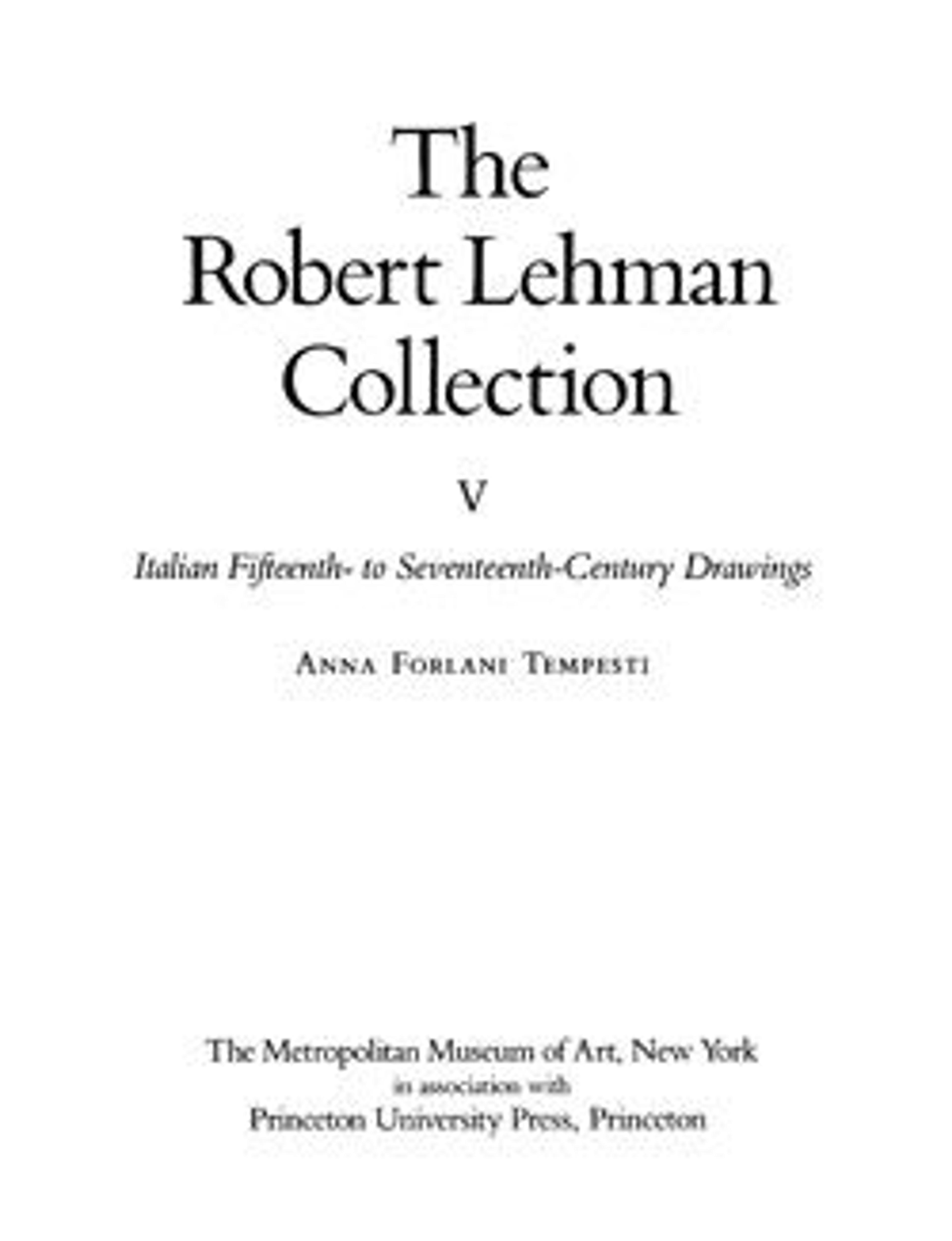Frieze with Three Horsemen
The drawing represents part of the story of Tarquinius, the legendary king of Rome in the sixth century BC, and Attus, the augur (an official who foretells events through omens). The composition was copied from the painted facade of a Roman palace (Casa Boniauguri), executed by Polidoro da Caravaggio, a pupil of Raphael’s who was famous for such works. This sheet is part of a group of drawings and engravings (including 1975.1.407) that portray various portions of the lost painting and together help to reconstruct its original appearance. The frieze of military figures and horsemen was inspired by reliefs from classical antiquity, namely Roman monuments portraying triumphal processions.
Artwork Details
- Title:Frieze with Three Horsemen
- Artist:After Polidoro da Caravaggio (Italian, Caravaggio ca. 1499–ca. 1543 Messina)
- Date:1530s
- Medium:Pen and brown ink, brush and brown and gray wash.
- Dimensions:6 7/8 x 10 11/16 in. (17.4 x 27.1 cm)
- Classification:Drawings
- Credit Line:Robert Lehman Collection, 1975
- Object Number:1975.1.406
- Curatorial Department: The Robert Lehman Collection
More Artwork
Research Resources
The Met provides unparalleled resources for research and welcomes an international community of students and scholars. The Met's Open Access API is where creators and researchers can connect to the The Met collection. Open Access data and public domain images are available for unrestricted commercial and noncommercial use without permission or fee.
To request images under copyright and other restrictions, please use this Image Request form.
Feedback
We continue to research and examine historical and cultural context for objects in The Met collection. If you have comments or questions about this object record, please contact us using the form below. The Museum looks forward to receiving your comments.
